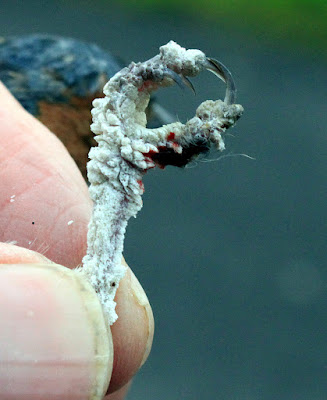Sue and I are still in Skiathos, so apologies that there is no local news again. Instead here are more pictures and a few words about Skiathos until we return.
The economy of Skiathos island is mainly centred on tourism and fishing, followed closely by crop and livestock farming. Skiathos is greener than someone might expect from many of the typical hot and sunny Greek island in holiday brochures. While Skiathos has many beaches they are often flanked by lush green hills. This landscape feature makes it one of the more naturally attractive Greek islands. Skiathos is also called “the boomerang island” because it is said that once someone has visited this island they will feel an irresistible urge to return. This is our fourth visit here.
pic
The island of Skiathos and the neighbouring one of Skopelos are both renowned for their population of wasps, and I daresay that the creatures are all pervasive on nearby islands and the mainland. No wonder then that Skiathos has a good resident population of Honey Buzzards, a raptor that specializes in raiding the nests of bees and wasps. The numbers of this buzzard are swelled in September by migrating birds from further north, but Common Buzzard also occurs here as a migrant.
Eleonora's Falcon and Honey Buzzard
We always rent a Suzuki Jimny when in Skiathos. On the neglected roads and rough tracks of post-financial crisis Greece, the legendary robustness and fun factor of the tiny 4x4 is sought after by European tourists looking for an authentic Greek experience. For us it’s a bit of nostalgia for the electric blue Jimny we once owned.
Birding Greek Style
You are never far away from a beach in Skiathos, but if sun bathing is not your thing, just a few yards away is the real Greece where a spot of birding is possible.
Skiathos
Wheatear
This year’s list of birds may not be the longest or contain a large number of rare birds, but it’s an eclectic mix containing a number of “goodies”. And boy, are we having a good time!
These are the species so far during days split between exploring, chilling and soaking up the Greek sunshine:
Honey Buzzard, Kestrel, Alpine Swift, Common Swift, Yellow-legged Gull, Barn Swallow, Red-rumped Swallow, House Martin, Spotted Flycatcher, Sardinian Warbler, Great Tit, Hooded Crow, House Sparrow, Chaffinch, Bee Eater, Eleanora’s Falcon, Willow Warbler, Chiffchaff, Wood Warbler, Whinchat, Wheatear, Cuckoo, Common Whitethroat, Olivaceous Warbler, House Sparrow, Woodchat Shrike, Red-backed Shrike, Little Owl, Scops Owl, Common Buzzard, Raven, Hooded Crow, Yellow Wagtail, Richard’s Pipit, Caspian Gull, Hobby, Great White Egret, Little Egret, Grey Heron, Blackcap, Linnet, Cirl Bunting, Lesser Whitethroat, Bonelli’s Warbler, Kingfisher, Hoopoe, European Shag.
This week I managed a number of return visits to fellow bloggers but with just a smartphone and intermittent WiFi it’s not easy, so please bear with me for a while. I will be with you all soon.













































































